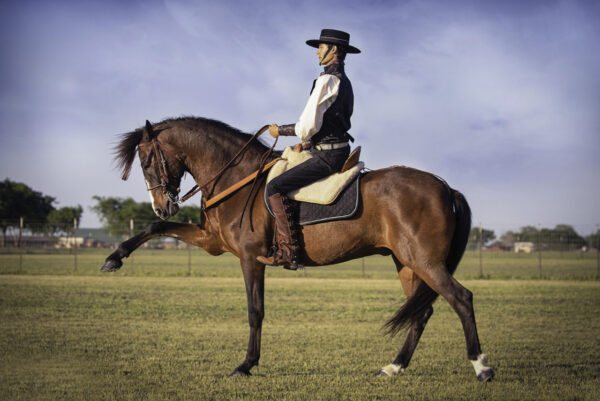Why PH Balance Matters in Horse Shampoo: Essential Guide
For horse enthusiasts, ensuring the well-being of their beloved equines is of utmost importance. One critical aspect of equine care is the selection of the right horse shampoo. In this…
For horse enthusiasts, ensuring the well-being of their beloved equines is of utmost importance. One critical aspect of equine care is the selection of the right horse shampoo. In this…
For those captivated by the elegance and majesty of horses, the allure of a black Friesian horse is undeniable. Known for their striking appearance and graceful movements, these horses are…
As horse enthusiasts, the health and well-being of our equine companions is always a top priority. When it comes to diet, one of the most debated ingredients is molasses. This…
When it comes to maintaining the health and appearance of a horse’s coat, choosing the right products is crucial. Shampoos for horses with patchy coats play a significant role in…
The majestic Andalusian horse, known for its elegance and athleticism, requires a unique approach to training. Understanding Andalusian horse training basics is essential for anyone looking to develop a strong…
Bathing your beloved equine friend is a critical aspect of maintaining their cleanliness and health. But equally as essential is knowing how to dry a horse after bath. Ensuring your…
Selective breeding is a purposeful approach to improving specific traits in horses, allowing breeders to create equine companions that excel in performance, appearance, and temperament. Whether you are breeding for…
When it comes to owning a majestic Andalusian horse, special attention must be given to hoof care. Proper hoof maintenance is crucial for the health and performance of these remarkable…
Discover horse reproduction with a focus on genetics, techniques, and raising healthy foals.

The Andalusian horse, known for its grace and intelligence, is not just a magnificent creature to behold but also an animal capable of deep emotional connections with humans. The concept… Read More

The Andalusian horse is a majestic and ancient breed known for its grace and elegance. It has captivated the hearts of horse enthusiasts around the world. However, with its popularity… Read More

The majestic Andalusian horse, known for its elegance and strength, often finds itself in need of rescue. Whether due to abandonment, neglect, or economic hardships faced by owners, these horses… Read More


Explore the diverse equestrian disciplines, from dressage and show jumping to endurance riding and rodeo, showcasing the unique skills and partnerships.

Discover the essential skills, techniques, and mindset that define a successful equestrian, emphasizing the unique bond between rider and horse.

Explore the fascinating world of horses, showcasing their diverse breeds, unique traits, and the dedicated care that fosters their vitality, strength, and timeless grace.